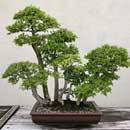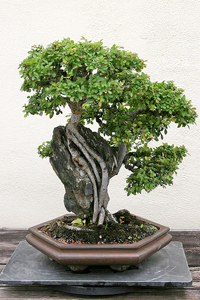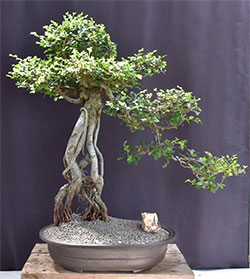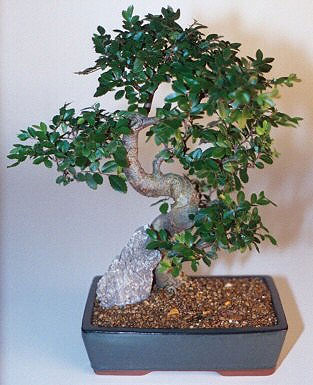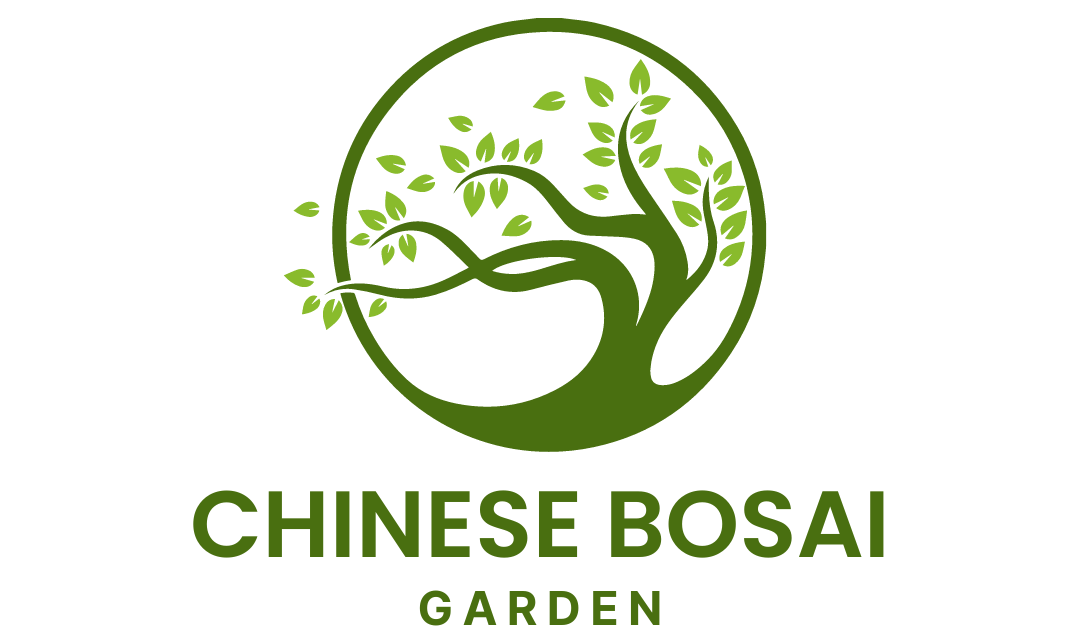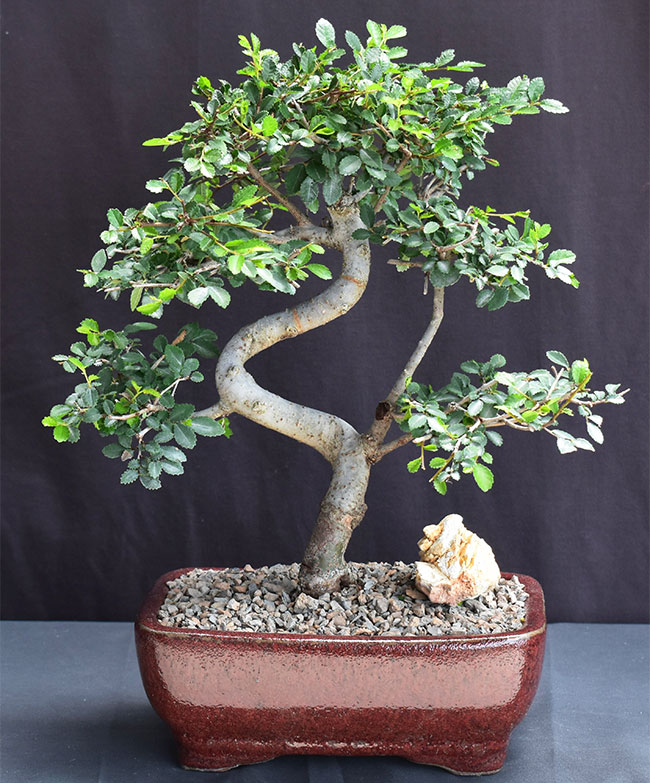The Chinese Elm is the best elm for creating a bonsai tree. Chinese Elm bonsai tree is native to China, Korea, and Japan. The botanical name for the Chinese Elm is Ulmus Parvifolia. Chinese Elm bonsai from China and Korea is sometimes mistakenly named Zelkova sinica.
Chinese Elm bonsai tree has small glossy green leaves and corky bark. It responds very well to pruning by producing a mass of new shoots.
This is really a great tree for bonsai because you can use any style you like including slanting, straight-trunk, group planting, and broom styles.
Chinese Elm Bonsai Watering
Needs to be watered regularly during the growth season, from the beginning of the spring till the end of summer. Keep the soil moist with good drainage. Chinese Elm bonsai tree needs less watering during winter. Don’t let the soil dry out completely.
Chinese Elm Bonsai Pruning
Chinese Elm bonsai tree pruning is very easy. Branches need to be pruned in spring before the growing season starts. At the end of spring cut back new shoots to one or two leaves as soon as they grow out of line. Two new shoots will grow at each leaf node.
Chinese Elm Bonsai Hardiness
Chinese Elm bonsai tree that comes from Japan is very hardy. It can tolerate freezing temperatures for a short period of time when mature enough.
It is best to protect the Chinese Elm bonsai tree from severe cold during winter because it contains a lot of water in the roots that might get damaged when the water expands as it freezes.
It does the best in the temperatures from 30F – 90F. The ideal location is USDA Zone 4 or 5. Chinese Elm bonsai from China and Korea are hardy, but not acclimatized to freezing temperatures.
Chinese Elm Bonsai Fertilizing
If your Chinese Elm bonsai tree is growing outdoors, start feeding it with a general bonsai fertilizer every other week from when the tree leaves till the end of the summer. If your Chinese Elm is growing indoors, fertilize it every week during the growing season and every month during winter.
Chinese Elm Bonsai Pets and Diseases
Chinese Elm bonsai is a problem-free bonsai. Under stress it can experience problems with aphids, scale insects, or spider mites if grown indoors. Powdery mildew might develop if the air circulation is poor and the roots are dry.
Chinese Elm Bonsai Repotting
Chinese Elm bonsai tree needs to be repotted every year when younger and once every two years when the tree is older.
The reason for frequent repotting is because Chinese Elm bonsai likes a lot of water which causes soil to break down over time. Fresh soil holds water better and also provides roots with more oxygen.
